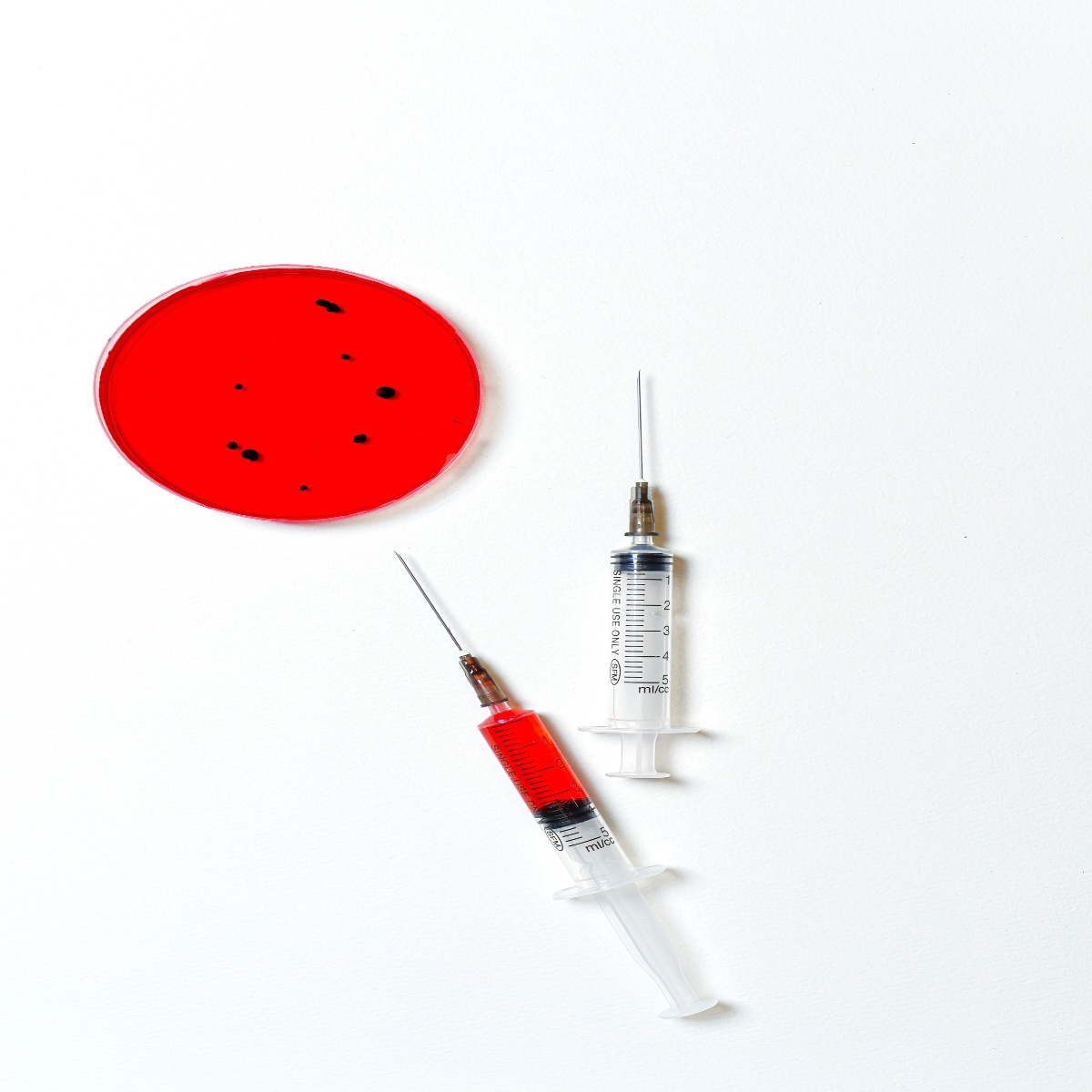Essential Thrombocythemia Overview
Essential thrombocythemia (ET) is a rare form of blood cancer that is classified as a myeloproliferative neoplasm. (MPN). It can often be challenging to find information about ET as a rare disease that is already a sub-classification of a rare disease. This article defines essential thrombocythemia and answers some of the most commonly asked questions the blood cancer.
- What is Essential Thrombocythemia?
- How Rare is Essential Thrombocythemia?
- What is Essential Hemorrhagic Thrombocythemia?
- What Causes Essential Thrombocythemia?
- Thrombocytosis vs Essential Thrombocythemia
- Is Essential Thrombocythemia Considered Leukemia?
- Essential Thrombocythemia and COVID-19
- Learn More About Essential Thrombocythemia
What is Essential Thrombocythemia?
Essential thrombocythemia (ET) is a rare form of blood cancer in which the bone marrow overproduces platelets. An increased platelet count can lead to thrombus, blood clots, which in turn can lead to several health complications. In rare cases, ET can develop into myelofibrosis and acute leukemia.
ET is just one of a related group of blood cancers known as myeloproliferative neoplasms (MPNs), in which cells in the bone marrow that produce blood cells develop and function abnormally.
How Rare is Essential Thrombocythemia?
Essential Thrombocythemia is an extremely rare disease. According to the National Organization of Rare Diseases (NORD), fewer than 1 out of 100,000 people are diagnosed with ET every year. It does seem to be more prevalent in women than in men.
However, it can be difficult to get an accurate estimate of those living with ET as most people who are diagnosed don’t show signs or symptoms of the disease. In fact, it’s most commonly diagnosed when patients get a complete blood count (CBC) during their annual physical. Therefore, there may be individuals living with the disease who don’t even know it.
What is Essential Hemorrhagic Thrombocythemia?
When an individual with ET has a platelet count of 1.5 million or greater, the individual has an increased risk of profuse bleeding. This is occasionally referred to as essential hemorrhagic thrombocythemia.
A high risk of hemorrhaging may seem counterintuitive in a disease that increases your platelet count. However, it’s an issue because the platelets take up all the free von Willebrand factor.
Von Willebrand factor is responsible for platelet adhesion. Therefore, if there is no available von Willebrand factor, the blood is unable to clot at the site of a cut. Without clotting, blood continues to flow out through the cut.
What Causes Essential Thrombocythemia?
The two most common causes linked to essential thrombocythemia include a mutation of the JAK2 gene and CALR mutations. While other rare mutations cause ET, over 75% of all cases of ET are the result of a JAK2 or CALR mutation.
The JAK2 Gene and Essential Thrombocythemia
According to the Leukemia and Lymphoma Society, about half of those with ET have a Janus kinase 2 (JAK2) gene mutation.
All genes play a role in providing instructions to produce proteins. Specifically, the JAK2 gene provides instruction to the hematopoietic cells that eventually divide into megakaryocytes, the precursor cell for platelets.
The liver produces a hormone known as thrombopoietin that binds to hematopoietic stem cells that eventually become fully mature cells. During this binding process, the JAK2 liver enzyme binds to the hematopoietic cell causing it to divide into megakaryocytes
When there is a mutation in the JAK2 gene, the platelets formed for the megakaryocytes become misshapen and irregular. These malformed platelets put those with ET at higher risk of blood clots.
Quick Reference Guide
Hematopoietic stem cells – immature precursor cells that eventually become red blood cells, white blood cells and platelets.
Megakaryocytes – Precursor cell to platelets.
Thrombopoietin – Enzyme produced by the liver that binds to hematopoietic stem cells.
CALR Genes and Essential Thrombocythemia
The scientific community knows significantly less about the calreticulin (CALR) gene than the JAK2 gene. However, the mutation of the CALR gene has also been linked to the cause of ET.
Essentially, the CALR gene allows the body to continue producing platelets even in the absence of thrombopoietin. As a result, the platelets are overproduced and misshapen, putting those with ET at risk for blood clots.
Thrombocytosis vs Essential Thrombocythemia
Both thrombocytosis and essential thrombocythemia refer to the condition of having an elevated platelet count. The difference between the two lies in the cause of the elevated platelet count.
In ET, the elevated blood count is the stem cells causing the bone marrow to overproduce platelets. However, in thrombocytosis, also known as, reactive thrombocytosis, the elevated platelet count is caused by another disease, condition, or outside factor.
According to the Mayo Clinic, some common causes of thrombocytosis include:
- Infections
- Cancer (forms other than ET)
- Extreme bleeding or blood loss
- Iron deficiency
- Blood loss
- Hemolytic anemia – when your body destroys red blood cells faster than they are produced
- Sever inflammation
- Surgery
Thrombocytosis is much more common than ET when it comes to having an increased platelet count.
Is Essential Thrombocythemia Considered Leukemia?
While essential thrombocythemia is a form of cancer, it is not Leukemia; it can develop into acute myeloid leukemia (AML).
The transformation of ET into AML is extremely rare, with it only occurring in 1% to 4% of ET cases, with the change happening on average 7 to 10 years after the onset of ET.
Essential Thrombocythemia and COVID-19
COVID-19 puts those with other diseases at increased risk. Unfortunately, those with ET are no exception to this.
Although research is still in its early stages, one study found that those with ET who become infected with COVID-19 are at a higher risk of thromboembolic complications. Meaning that the blood can begin to clot in blood vessels and veins, resulting in extreme medical complications.
